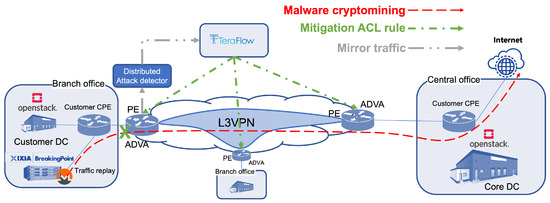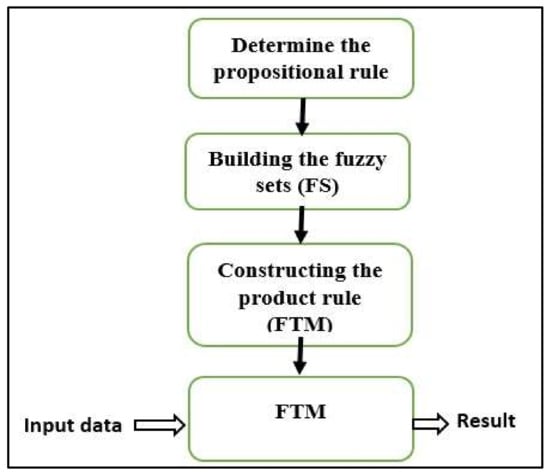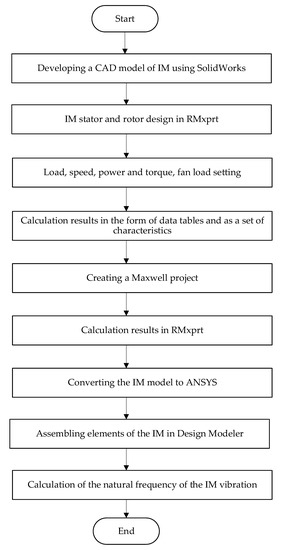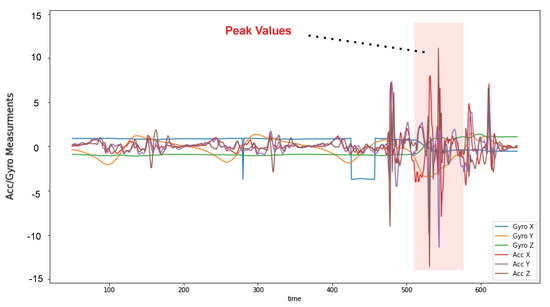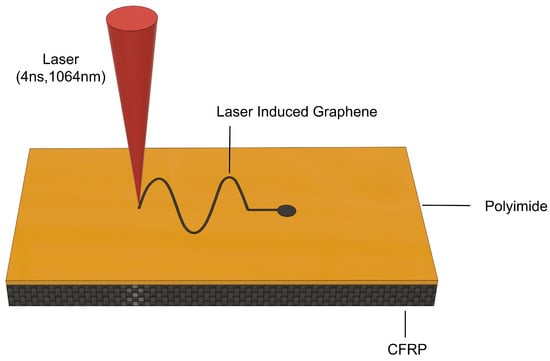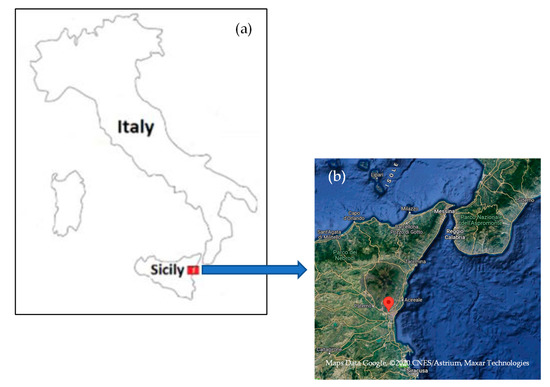1
School of Civil Engineering, Shandong Jianzhu University, Jinan 250101, China
2
Key Laboratory of Building Structural Retrofitting and Underground Space Engineering (Shandong Jianzhu University), Ministry of Education, Jinan 250101, China
Appl. Sci. 2023, 13(8), 4947; https://doi.org/10.3390/app13084947 - 14 Apr 2023
Cited by 13 | Viewed by 9951
Abstract
Concrete is a building material that is most widely used because of its excellent mechanical performance and durability. Compressive strength is an essential property of concrete, which changes with time under various factors. In this paper, the time variation law of the compressive
[...] Read more.
Concrete is a building material that is most widely used because of its excellent mechanical performance and durability. Compressive strength is an essential property of concrete, which changes with time under various factors. In this paper, the time variation law of the compressive strength of concrete was reviewed from three aspects: single, multiple and material internal factors. The mathematical models of compressive strength relative to time under single factors such as carbonization, freeze–thaw cycle, temperature effect and sulfate attack were summarized. Based on the statistical analysis of laboratory experimental data and field test data, the time variation laws of concrete under the coupling action of two or more factors were analyzed. The results show that the strength loss of concrete under the coupling effect of multiple factors is more serious than under the effect of a single factor. In addition, the time variation models of compressive strength in existing buildings were discussed, and it was observed that there are obvious differences between these models. After analysis, it is known that the different data sources and normalization methods are the primary causes of differences. Finally, the influences of concrete internal factors on compressive strength were outlined. The main conclusions of the time variation law of compressive strength were summarized, and further research directions were also proposed.
Full article
(This article belongs to the Special Issue Advances in Building Materials and Concrete)
▼
Show Figures


